I want the buttons and textfield to go in the spaces marked red in the same layout as they are in. look at the picture to understand what I mean.
update: the buttons are in the place now, but the image wont appear on the second panel

how can I move them to there? heres my code so far
package gasindicator;
import java.awt.*;
import java.awt.event.*;
import java.awt.image.BufferedImage;
import javax.swing.*;
import javax.swing.border.*;
import javax.swing.plaf.basic.*;
import java.io.*;
import javax.imageio.*;
import java.net.*;
public class GasIndicator extends JPanel
{
private Image image;
GasIndicator()
{
try
{
image = ImageIO.read(new URL("http://i68.tinypic.com/2ceja8i.png"));
}
catch (IOException ioe)
{
System.out.println("Unable to fetch image.");
ioe.printStackTrace();
}
setLayout( new BorderLayout() );
JLabel background = new JLabel( new ImageIcon(image) );
background.setLayout( new FlowLayout(FlowLayout.LEFT) );
add( background );
JPanel buttonPanel = new JPanel( new GridLayout(0, 3, 6, 5) );
buttonPanel.setBorder( new EmptyBorder(338, 233, 0, 0) );
buttonPanel.setOpaque( false );
//for (int i = 0; i < 7; i++)
{
JButton button = new JButton("Button");
JButton button1 = new JButton("Button");
JButton button2 = new JButton("Button");
JButton button3 = new JButton("Button");
JButton button4 = new JButton("Button");
JButton button5 = new JButton("Button");
button.setPreferredSize( new Dimension(160, 45) );
buttonPanel.add(button);
buttonPanel.add(button1);
buttonPanel.add(button2);
buttonPanel.add(button3);
buttonPanel.add(button4);
buttonPanel.add(button5);
button.addActionListener(new Action());
}
background.add( buttonPanel );
}
static class Action implements ActionListener {
public void actionPerformed(ActionEvent e) {
JFrame frame2 = new JFrame("Museums in London");
frame2.setVisible(true);
frame2.setSize(550, 650);
JPanel panel = new JPanel();
frame2.add(panel);
Custom contentPane;
// JFrame frame = new JFrame("JTextField");
contentPane = new Custom();
frame2.setContentPane(contentPane);
}
}
private static void ShowGUI()
{
JFrame frame = new JFrame("SSCCE");
frame.setDefaultCloseOperation(JFrame.EXIT_ON_CLOSE);
frame.add(new GasIndicator());
frame.pack();
frame.setLocationByPlatform( true );
frame.setVisible( true );
}
public static void main(String[] args)
{
EventQueue.invokeLater( () -> ShowGUI() );
/*
EventQueue.invokeLater(new Runnable()
{
public void run()
{
createAndShowGUI();
}
});
*/
}
class Custom extends JPanel {
public BufferedImage image;
public Custom() {
try {
image = ImageIO.read(new URL
("http://www.destination360.com/europe/uk/images/s/museums.jpg"));
} catch (IOException ioe) {
System.out.println("Unable to fetch image.");
ioe.printStackTrace();
}
}
public Dimension getPreferredSize() {
return (new Dimension(image.getWidth(), image.getHeight()));
}
public void paintComponent(Graphics x) {
super.paintComponent(x);
x.drawImage(image, 10, 10, this);
}
}
}